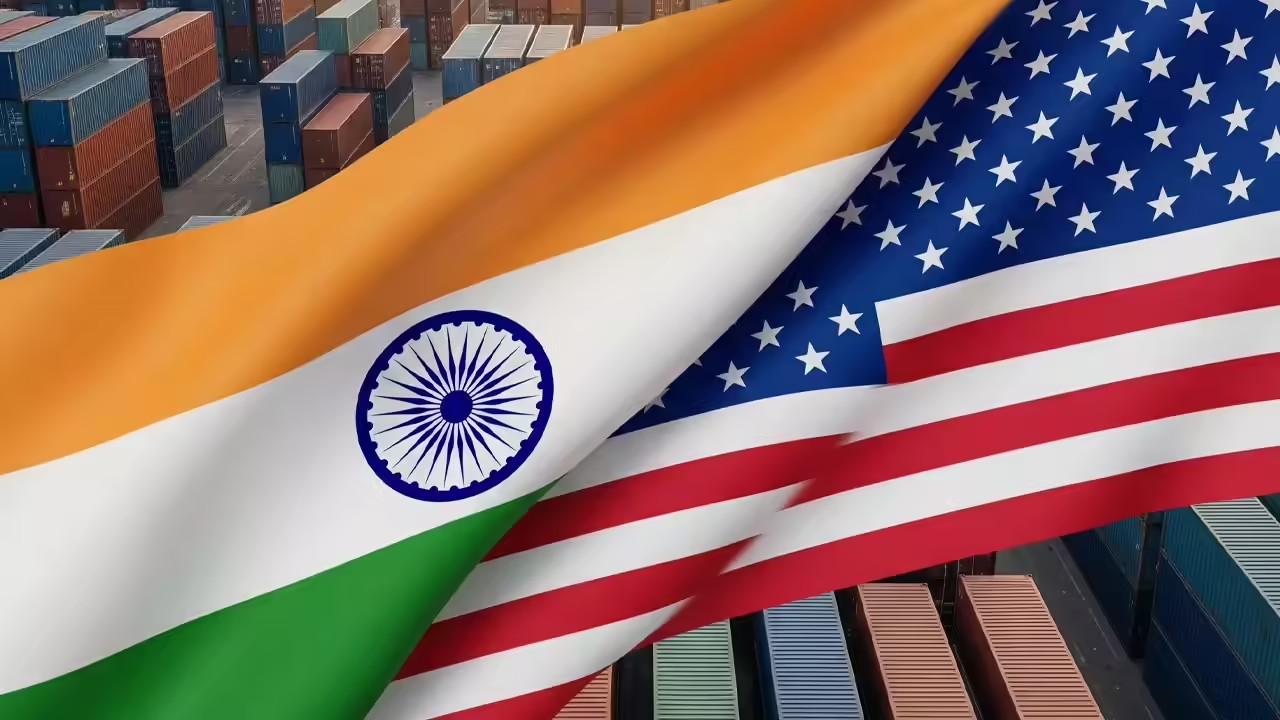India and the US are on the verge of finalizing an interim trade deal, potentially this week, as Indian officials extend their stay in Washington. Negotiations are at a critical point, with India holding firm on market access for agriculture, GM crops, and dairy.
Will This Week Finally Bring an India-US Trade Deal?
For years, whispers of a potential trade agreement between India and the United States have danced in the air, a tantalizing prospect promising significant economic boosts for both nations. Now, the rumor mill is churning again, with reports suggesting that an interim trade deal could be finalized as early as this week. But hold your horses – navigating the complexities of international trade is never a simple task, and India is reportedly holding firm on key agricultural concerns.
The potential benefits of such a deal are substantial. Increased trade flows, reduced tariffs, and streamlined regulations could unlock new opportunities for businesses in both countries, fostering innovation and creating jobs. For India, access to the vast US market is particularly appealing, promising a surge in exports across various sectors. For the US, a stronger economic partnership with India, a rising global power, represents a strategic advantage in a rapidly changing world.
But here’s where the plot thickens. While optimism abounds in some quarters, sources close to the negotiations suggest that India is taking a firm stance, particularly when it comes to agricultural products. Reports indicate that India has drawn “red lines” that it will not cross, especially concerning the protection of its agricultural sector. This shouldn’t come as a surprise. Agriculture is a cornerstone of the Indian economy, employing a significant portion of the population. Any trade agreement that threatens the livelihoods of Indian farmers is unlikely to gain political traction.
What exactly are these “red lines”? While specifics remain under wraps, it’s likely that India is seeking to protect its domestic agricultural subsidies and maintain its ability to impose tariffs on certain imported agricultural goods. These measures are seen as crucial for ensuring food security and supporting the incomes of farmers, particularly small and marginal landholders.

Agriculture: The Sticking Point in Trade Negotiations
The agricultural sector has long been a contentious issue in trade negotiations worldwide. Developed countries often seek greater access to the markets of developing nations for their agricultural products, while developing countries, in turn, often prioritize protecting their own farmers from foreign competition. This dynamic is certainly at play in the India-US trade talks.
The US, a major agricultural exporter, is likely pushing for greater access to the Indian market for its agricultural products, including dairy, poultry, and certain fruits and vegetables. India, on the other hand, is concerned about the potential impact of these imports on its domestic agricultural sector. A sudden influx of cheaper agricultural goods could depress prices, harming Indian farmers and potentially destabilizing the rural economy.
Beyond Agriculture: Other Areas of Focus
While agriculture remains a key sticking point, the proposed trade deal likely encompasses a range of other issues, including tariffs on industrial goods, intellectual property rights, and digital trade. Progress in these areas could help pave the way for a more comprehensive agreement in the future. It’s also worth noting that both countries are engaged in separate discussions on defense cooperation and technological collaboration, which could indirectly influence the trade negotiations.
The current talks are said to be aimed at securing an “interim” deal, a smaller agreement that addresses some of the most pressing trade issues while leaving more complex matters for future negotiations. This pragmatic approach may be necessary to break the deadlock and build momentum towards a more comprehensive trade agreement.
The final outcome of these negotiations remains uncertain. While the prospect of a deal this week is exciting, the complexities of international trade and the deeply held concerns on both sides mean that nothing is guaranteed. Success will require flexibility, compromise, and a willingness to find common ground, even on the most challenging issues. Find out more about the history of previous trade deals and their impact on global economies [here](insert internal link).
Ultimately, a successful India-US trade deal could be a game-changer, fostering greater economic cooperation, promoting innovation, and creating new opportunities for businesses and individuals in both countries. Whether or not that potential becomes a reality this week hinges on the ability of negotiators to bridge the remaining gaps and forge a mutually beneficial agreement. The world is watching.







